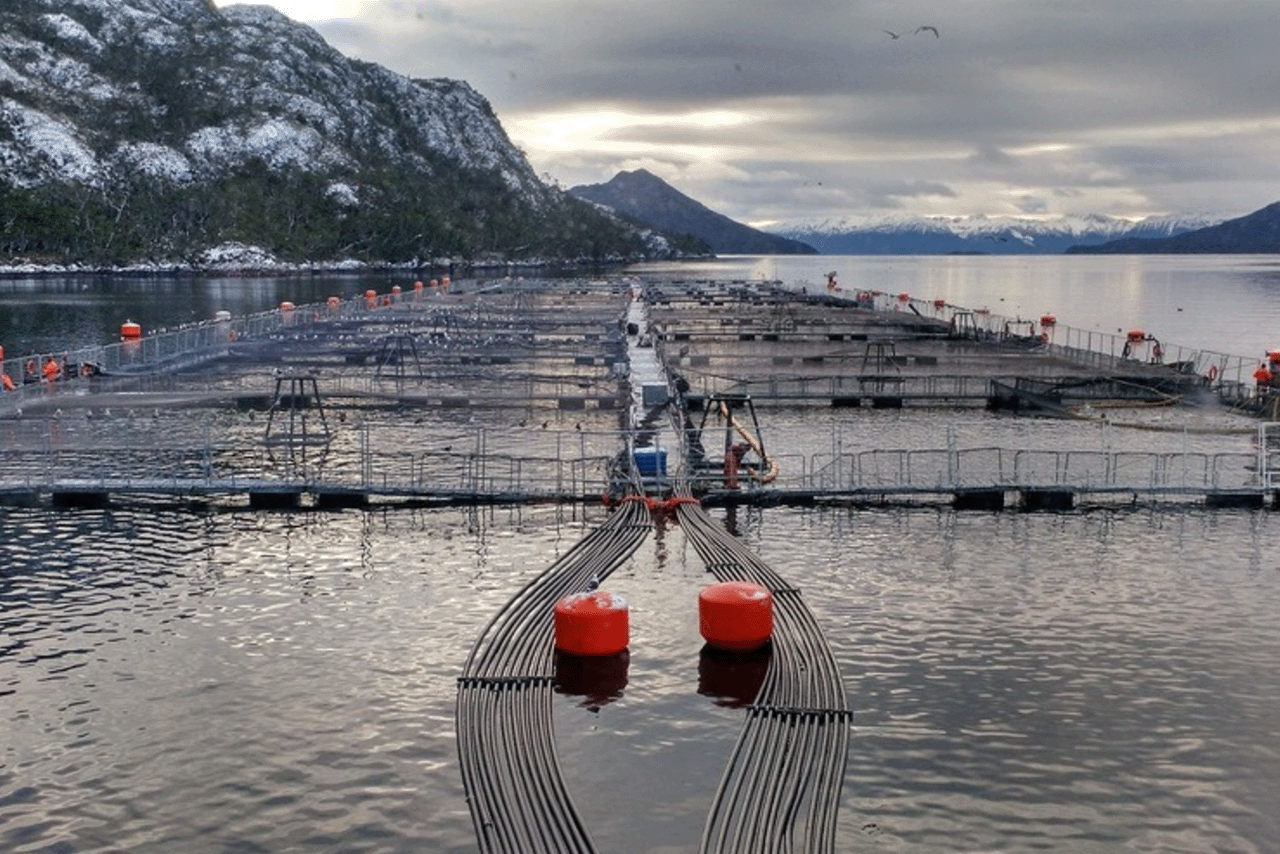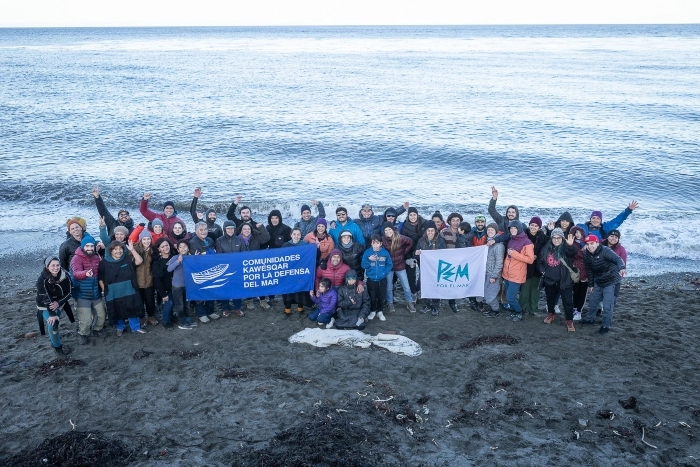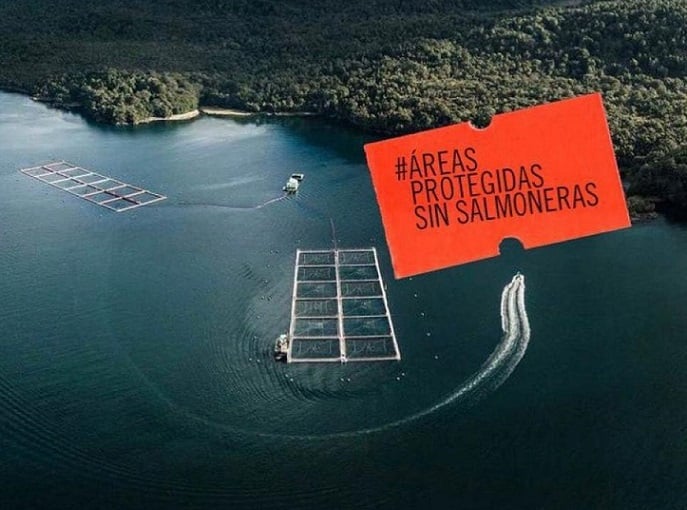Commission to resolve a critical point of the SBAP bill related to industrial concessions in protected areas
Bill creating the Biodiversity and Protected Areas Service (SBAP) in Joint Parliamentary Committee

The Joint Commission is to resolve disputes between the two chambers over the bill creating the Biodiversity and Protected Areas Service.
On 11 May, the Joint Commission that will review the most controversial rules of the bill that creates the SBAP was formed and began its sessions. The meeting, which was held in person and online, was also attended by the Minister of the Environment, Maisa Rojas, who presented the recommendations of the Executive on the articles to be discussed.
After being elected as president of the body, Senator Juan Ignacio Latorre called for this final phase of the bill’s processing to be as expeditious as possible so that the initiative becomes law during the month of May. In this regard, this week would begin with the articles on which there is most consensus.
The aspects to be studied in the Joint Commission are related to the elimination by the Chamber of Deputies of the definition of buffer zones; the definition of priority sites in the framework of ecological planning; exceptions in concession areas; technical support for protected areas; infractions outside protected areas; sanctions for non-compliance with recovery plans and management plans; the exclusion of fishing and aquaculture activities from protected areas; and aspects related to the regulation and its timing.
See here the composition and session of the Joint Parliamentary Commission “Sbap Law”.
Demand “Protected Areas Without Salmon Farms”.
A peaceful demonstration was held in Punta Arenas on Monday to protest against the salmon farms that currently have concessions in the territory of the Kawésqar National Reserve. The self-organised group of the Kawésqar community “Grupos Familiares Nómades del Mar”, with the participation of the Kawésqar community ATAP and the Kawésqar community living in Río Primero, demanded to strengthen the protection, stop and expel the salmon farming concessions that are damaging the ecosystem, the biodiversity and the ancestral culture.

There are currently 68 salmon farming concessions operating in the Kawésqar National Reserve, and another 57 concessions in the pipeline. “We pointed out at the time that limiting the National Park to the terrestrial part, leaving the maritime territory in a lesser degree of protection and vulnerability, is contrary to our cosmovision and territories of life. The sea and the land make up the ancestral territory of the Kawésqar people, or “Kawesqar Waes”, emphasised Leticia Caro, member of “Grupos Familiares Nómades del Mar”.
Maximiliano Bello, an expert in international public policy for Mission Blue and executive director of the conservation programme, points out that this law is key to consolidating Chile’s international image in terms of ocean protection.
“It is key because the SBAP solves some historical problems that have allowed salmon farming, an incompatible industrial activity, to continue in protected areas, as well as others. To meet conservation and protection objectives, it is essential that concessions are not developed in protected areas”.
A journalistic investigation carried out by Terram identified that there are 280 salmon farming concessions in protected areas in Chilean Patagonia, a number that after conversations and clarifications with government authorities (Subpesca, Sernapesca, SSFFAA and Environment) could only be reduced to 268 concessions in cause of expiration.
Fundación Terram has pointed out: “Among the main impacts we can highlight: the use of chemicals and antibiotics that fall into the water; the increased load of nutrients in the water column as a result of faeces and undigested food in the surroundings of the culture cages, which increases the possibility of harmful algal blooms (HAB); a greater transit of boats transporting fish, dead or alive, and inputs for the culture centres; and a notable increase in the amount of inorganic waste (ropes, fences, metal structures and others) in the salmon farming area”.
By Minga










